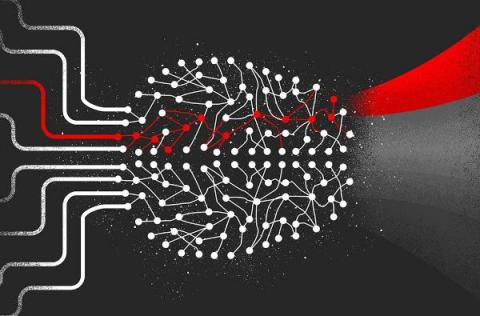Understanding Machine Learning Attacks, Techniques, and Defenses
Machine learning (ML) is a subset of Artificial Intelligence (AI), which enables machines and software to automatically learn from historical data to generate accurate output without being programmed to do so. Many leading organizations today have incorporated machine learning into their daily processes for business intelligence. But the ability of machine learning can be altered by threat actors to be malicious, causing systems to malfunction, or to execute an attack.











